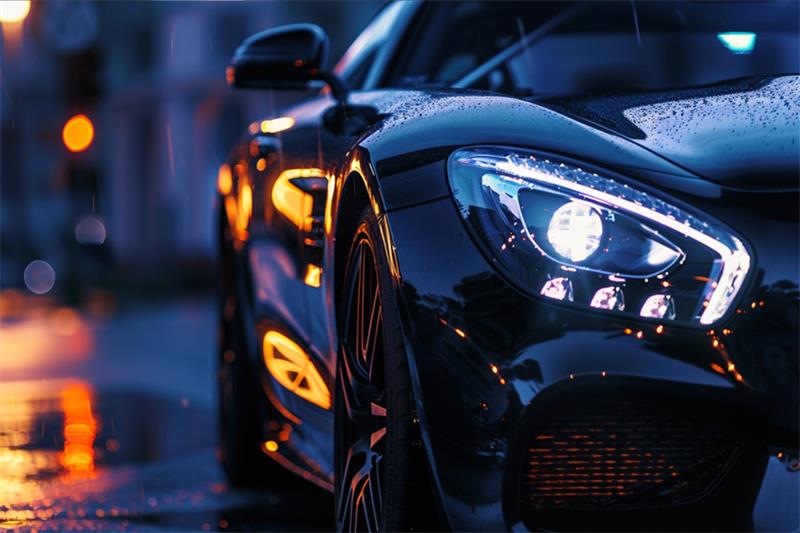Car light films, often referred to as headlight tints or tail light tints, have become increasingly popular for customizing the appearance of vehicles. These films can enhance a car's aesthetic appeal, improve visibility, and protect the original lights from damage. However, the choice of material for these films significantly impacts their performance and longevity. This article will compare the most common types of materials used for car light films, highlighting their unique characteristics and suitability for different applications.

Types of Car Light Films and Their Materials
1. Hydrographic Films:
Material: These films are typically made from a thin, flexible polymer that is printed with a desired pattern or color.
Benefits: Highly customizable, offering a wide range of designs and colors. Can be applied to complex shapes.
Drawbacks: Relatively thin and may not provide as much protection as other options. Can fade or peel over time, especially when exposed to UV rays.
2. Cast Films:
Material: These films are made from a thicker, more durable polymer that offers superior protection.
Benefits: Excellent resistance to scratches, fading, and yellowing. Can withstand harsh weather conditions.
Drawbacks: Less customizable than hydrographic films. May require more heat to apply, which can be challenging for DIY installations.
3. Dyed Films:
Material: These films are colored by dyeing the polymer, resulting in a consistent color throughout the film.
Benefits: Affordable and easy to apply.
Drawbacks: Can fade over time, especially when exposed to UV rays. May not offer as much protection as other options.
4. Metallic Films:
Material: These films contain metallic particles that give them a reflective or mirrored appearance.
Benefits: Enhance the vehicle's appearance and can improve nighttime visibility.
Drawbacks: Can be more difficult to apply due to their reflective properties. May interfere with light output, reducing visibility for oncoming traffic.
5. Ceramic Films:
Material: These films are made from ceramic particles that provide excellent heat resistance and UV protection.
Benefits: Reduce heat buildup in the headlight housing, protecting the lights from premature aging. Can improve visibility during the day by reducing glare.
Drawbacks: More expensive than other options. May require professional installation.
Factors to Consider When Choosing Car Light Films
Durability: Consider the film's resistance to scratches, fading, and yellowing.
Aesthetics: Choose a film that complements your vehicle's overall style and color scheme.
Visibility: Ensure that the film does not significantly reduce light output or create glare.
Legal Regulations: Check your local laws and regulations regarding the tinting of headlights and taillights.
Installation: Consider your DIY skills and the complexity of the installation process.
The choice of material for car light films depends on various factors, including desired appearance, durability, and budget. Each type of film offers unique benefits and drawbacks. For those seeking a wide range of design options, hydrographic films are a good choice. If durability and protection are top priorities, cast or ceramic films may be more suitable. Ultimately, the best choice will depend on your specific needs and preferences.
